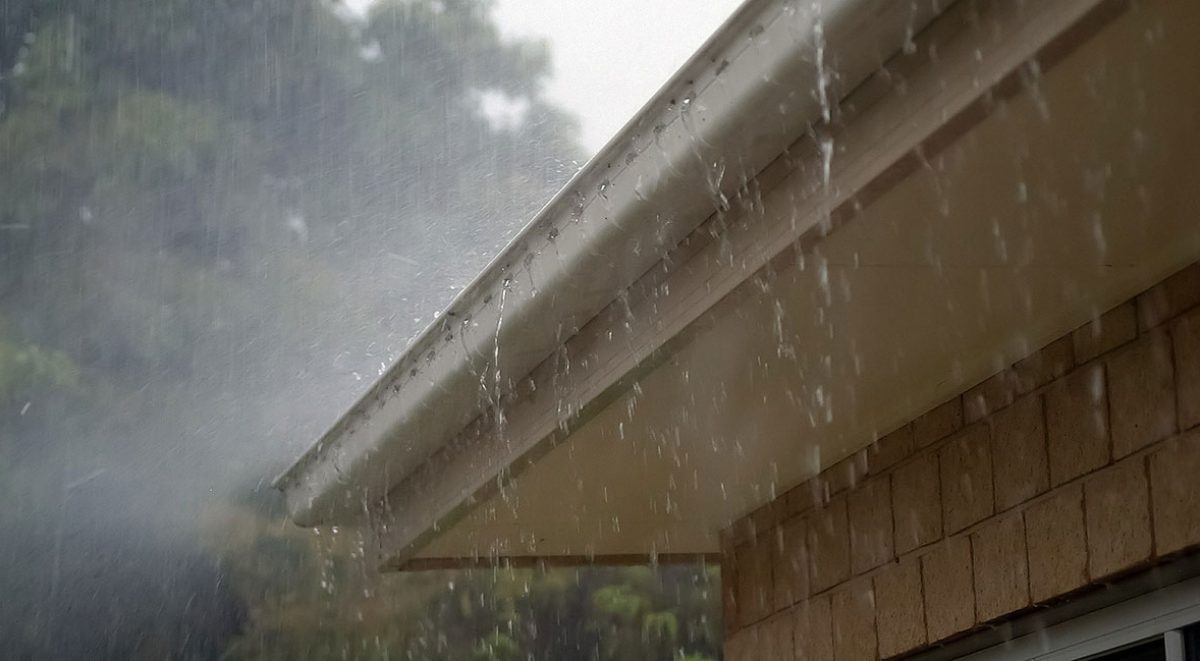
There are over 500,000 residents living and/or working in the Cooks River catchment which covers an area of around 100km2.
Some people live right by the river and some not at all. But regardless of proximity to the river, every household and individual can play a role in helping to improve the health of the Cooks River.
When it rains, 68% of the rainfall within the catchment flows into the Cooks River because of the many hard and impervious surfaces and the lack of natural surfaces to absorb the rain. That means that anything in the path of this stormwater will also be swept into drains and into the river, including rubbish such as bottles and plastic bags, as well as chemicals, oils and vegetation.
What can we do?
There are two main areas we can look at to help improve the situation.
Firstly, we can all help to reduce the pollution that could potentially end up in the river. For example:
- Stop using single-use plastics such as straws, cutlery, coffee cups, bottles and bags.
- Ensure all rubbish is put in the bin before it can be washed down a drain.
- Sweep up leaves and stop them from going down street drains – although natural, these also contribute to the river’s poor health by releasing nutrients and odours as they break down in the water.
- Clean up after pets and don’t let their waste wash down drains.
- Safely dispose of oils, paints and chemicals and don’t wash these items down the drain.
- Wash your car on the lawn if possible to stop detergent washing into the drain.
- Ensure renovations or building works are properly managed to prevent erosion and sediment run-off.
The second way we can help is by reducing the amount of stormwater flowing into the river. By reducing the severity of the flow, not only is less rubbish carried to the river, but erosion and bank degradation from flooding can also be prevented.
- Install a rainwater tank to capture stormwater for use on your property.
- Build a raingarden on your property – not only do these look great, but they also slow and filter stormwater.
- Plant native vegetation. This will increase habitat for animals but also reduce the impact of stormwater by slowing the flow of water, absorbing water for use by the plants, and helping to retain soil.
- Increase pervious surfaces on your property to allow more water to be absorbed. This can be achieved through increasing natural surfaces or by using porous paving.

